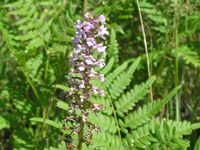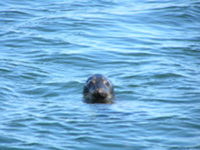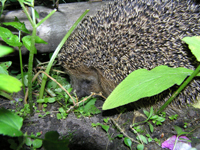Introduction
NATURE OBSERVATIONS DATABASE - WHAT IS IT?
We all spend some time in nature, either gardening, sporting,
hunting or hikeing. But how often do we notice that we are surrounded by
hundreds of species? How many of them do we actually know?


One of the goals of the Nature Observations Database is to
broaden our knowledge about nature. This database has been established for
everyone to report their observations (I saw first Hepatica in spring or roe
deer in forest).
Observations of various species (algae, amphibians,
birds, butterflies, coelenterates, crustaceans, fish, flatworms, fungi, insects,
lichens, mammals, molluscs, mosses, nemathelminths, protozoa, reptiles, spiders,
sponges, vascular plants, worms) can be inserted to the Nature Observations
Database.
In addition to observations of living individuals also
observations of traces of activity or died individuals can be submitted.
You can report the observation to the database even you
can not identify the species. In that case take a photo and send it to the
database with your observation. Then your observation goes to section Help to identify the species. The experts in the section help to identify
the species and answer your guestions. NB! Find 'Help to identify the species' in the left menu.
Find out more about photos under Useful stuff - About photos.

Your observations in the database form a diary of
observations, which allows to make various requests later.
Since the Nature Obsevartions Database collects useful
information about Estonian biodiversity, it is used for compiling a species
distribution atlas and analyses. Information about observations of protected
species is forwarded to the Estonian environmental register after inspection.
Your observations are therefore very useful and much appreciated.
The Nature Observations Database has a map application,
where you can see reported observations, borders of the Estonian protected areas
and location of protected nature monuments. The map application of the Nature
Observations Database has been established by Regio AS.
Find the map application in the left menu.